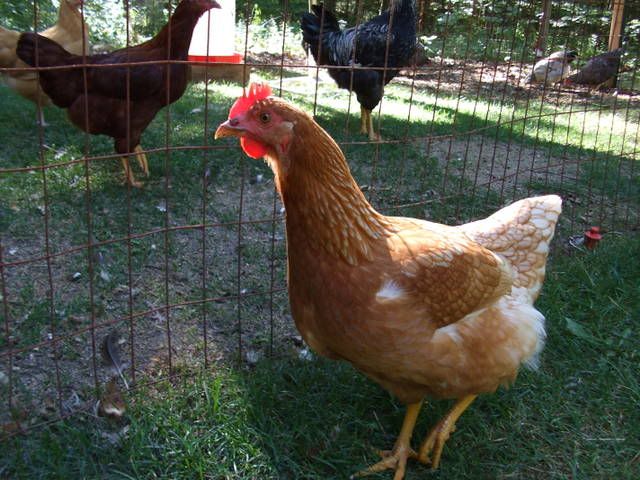
Quiche is one of my favorite recipes to highlight the flavors of fresh eggs and greens. It is also easy, relatively quick, and delicious. This recipe is adapted from
The Fannie Farmer Cookbook.
Crust:Tart Pastry (one nine-inch tart)
This well-balanced, basic recipe produces a firm, crisp crust with the taste of butter. You can sweeten it slightly, if you wish, by adding 1 ½ tablespoons of sugar to the flour. The tart pastry will not get tough if you handle it a lot and you can mix it in a food processor.
1 cup flour
¼ teaspoon salt
¼ pound cold butter, in small pieces
1 egg yolk (save the white for the quiche)
2 tablespoons ice water
Mix the flour and salt in a bowl. Cut in the butter with your fingers or a pastry blender until the mixture resembles coarse meal or tiny peas. Whisk the egg yolk and water together in another bowl, add the flower mixture, and blend until the pastry is smooth and holds together in a ball. It can be mixed in a food processor; process first the flour, salt, and butter quickly together, then add the egg yolk and water through the funnel and process until the dough balls up around the blade.
Pat the dough into a pie pan or springform with your hands. Pull pieces of the dough from the ball and press them over the bottom and sides of the pan, using the heel of your hand. The dough should be thick enough to hold the filling, but be careful that it is not too thick around the bottom edge or the finished tart will seem coarse.
Prick the bottom with a fork and bak2e it unfilled for 12 minutes in a preheated 425 F oven. If you used a springform pan, do not remove the sides until you serve the tart.
Fresh Greens and Onion Quiche(Serves six)
½ pound fresh greens (spinach, chard, stir-fry mix, radish greens, or any other fresh cooking green you have on hand)
4 eggs
1 egg white from tart pastry
2 cups light cream or milk (if you use milk whole milk works best although I have made it with 2%)
½ tsp salt
Pinch of cayenne pepper
1 ¼ cups grated swiss, cheddar or other hard cheese
1 partially baked Tart Pastry from the first recipe
Preheat the oven to 425 F.
Dice onion and sauté in olive oil or butter. While the onions are cooking wash and chop greens. When the onion is almost done (when it starts to turn transparent) add the greens and put a lid on the pan to help it steam. Cook the greens until they are soft.
Sprinkle ½ of the cheese over the bottom of the tart shell. Place the onions and greens into the tart shell. Combine the eggs, egg white, cream (or milk), salt, and spices in a bowl and beat thoroughly. Ladle the mixture over the greens and onions. Sprinkle the remainder of the cheese over the top of the egg mixture.
Bake for 15 minutes at 425 F; then lower the heat to 350 F and bake for 30 minutes more, or until a knife inserted in the center comes out clean. Serve in wedges hot or cold.
Play around with other flavors and fillings as substitutes for the onion and greens mixture. I used this same quiche recipe for a summer tomato and basil quiche. You can also make it a bacon and onion quiche. Really you are only limited by what is in your fridge and your imagination.
Enjoy!















































